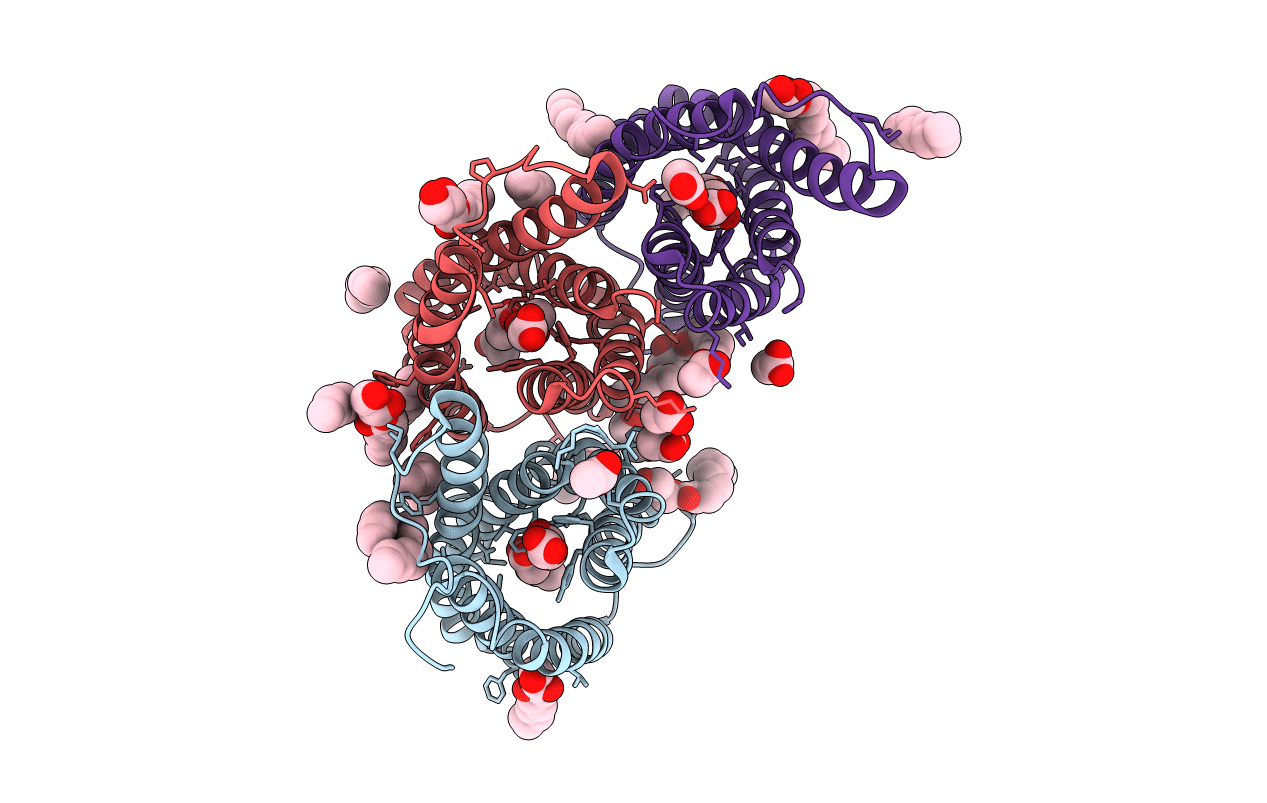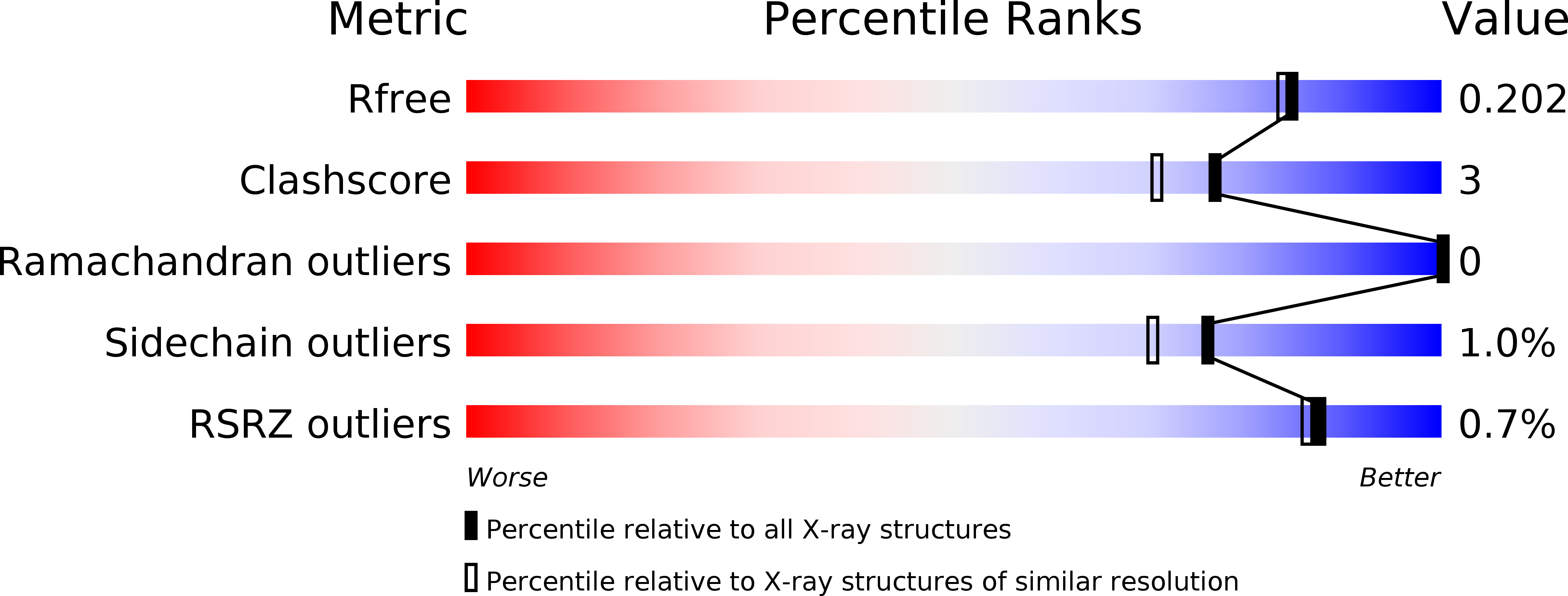
Deposition Date
2017-11-13
Release Date
2018-04-25
Last Version Date
2024-03-27
Entry Detail
PDB ID:
5YS3
Keywords:
Title:
1.8 angstrom crystal structure of Succinate-Acetate Permease from Citrobacter koseri
Biological Source:
Source Organism:
Host Organism:
Method Details:
Experimental Method:
Resolution:
1.82 Å
R-Value Free:
0.19
R-Value Work:
0.16
R-Value Observed:
0.16
Space Group:
P 42


